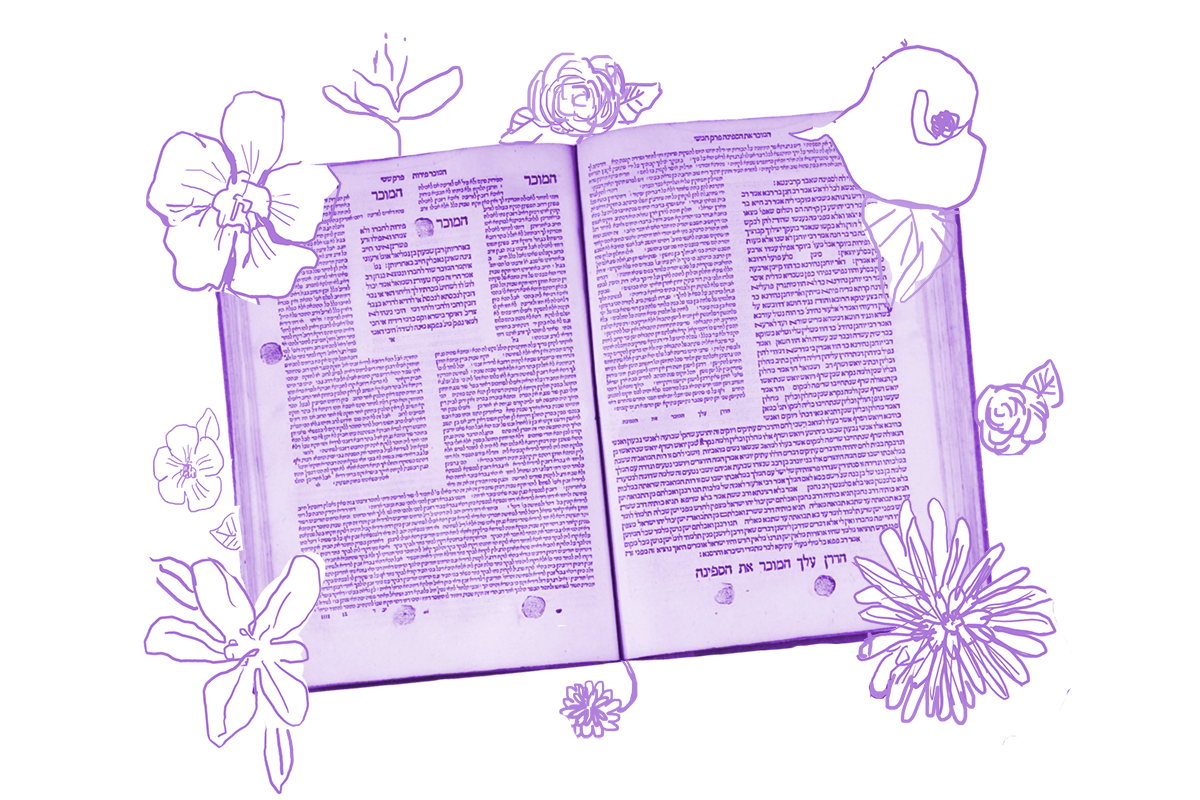As we have already seen, a key distinction between vows and oaths is that vows refer to objects while oaths refer to people. A mishnah on today’s daf informs us of another difference between them:
There is a vow within a vow. But there is no oath within an oath.
This seems to mean that if one takes a vow twice then both vows stand. Not so for an oath. To help us understand this rule, the mishnah provides examples:
If one said: “I am hereby a nazirite if I eat,” and repeated: “I am hereby a nazirite if I eat,” and then ate — that person is obligated for each one.
If one said: “I hereby take an oath that I will not eat,” and repeated: “I hereby take an oath that I will not eat,” and then ate — that person is only liable for one.
The Gemara cites a disagreement about how to understand the mishnah:
Rav Huna said: This only applies when he says: “I am hereby a nazirite today,” and then he said: “I am hereby a nazirite tomorrow.” Since an additional day is added (by the second vow), an additional naziriteship takes effect on (the original) naziriteship.
However, if he said: “I am hereby a nazirite today,” and then repeated: “I am hereby a nazirite today,” a vow of naziriteship does not take effect on (the original) vow of naziriteship.
And Shmuel said that even if he said: “I am hereby a nazirite today, I am hereby a nazirite today,” a (second vow) of naziriteship takes effect with regard to him.
Rav Huna limits the rule that there is “a vow within a vow” to cases where the second vow somehow adds to the first (in the example cited, by an additional day), but does not apply the rule when the second vow is exactly the same as the first. This seems like a blatant contradiction of the mishnah and so, perhaps not surprisingly, Shmuel disagrees with him. The Gemara lays out a full case against Rav Huna’s (mis)reading of the mishnah.
If Rav Huna’s opinion were correct, instead of drawing a distinction between vows and oaths, the Gemara argues, the mishnah would have said something like “there are cases when there is a vow within a vow, and there are cases when there is not.” But it didn’t, implying that there aren’t exceptions to this rule. In claiming that there are, Rav Huna contradicts the mishnah, which as an Amora (a later generation rabbi), he is not allowed to do. Strike one.
The Gemara further points out that in the mishnah’s example that describes “a vow within a vow” the identical language is used for both vows and, in such a case, the second vow is valid. Yet, Rav Huna claims that if identical language is used, the second vow is invalid — another contradiction of the mishnah. Strike two.
A further challenge is brought from a beraita that makes Rav Huna’s position untenable:
One who took two vows of naziriteship, then counted the first and set aside an offering (to complete that vow), and then requested the dissolution of the vow, the second is counted instead of the first.
This beraita says that if a person takes two vows of naziriteship, then serves one of them and sets aside an offering to complete that vow — and then asks that the first vow be annulled, and the request is accepted — the time already spent as a nazarite is applied to the second vow. But, this doesn’t line up with Rav Huna’s approach.
According to Rav Huna, for the second nazirite vow to be effective, a person would have had to have said “I am hereby a nazirite today, I am hereby a nazirite tomorrow” — setting slightly different temporal terms for the two vows. If so, however, the observance of the first vow wouldn’t count for the second, because the second vow includes a day that is not included in the first vow and has yet to be observed. Strike three, Rav Huna’s opinion is out.
As a general rule, in matters of disagreement between Rav Huna and Shmuel, the law follows Shmuel. But the Gemara doesn’t just rely on this convention to rule in accordance with Shmuel. It takes the time to point out, in detail, how Rav Huna’s position doesn’t align with that of the mishnah.
What was Rav Huna thinking? The Talmud doesn’t speculate. Your guess is as good as mine.
Read all of Nedarim 17 on Sefaria.
This piece originally appeared in a My Jewish Learning Daf Yomi email newsletter sent on November 11th, 2022. If you are interested in receiving the newsletter, sign up here.
The post Nedarim 17 appeared first on My Jewish Learning.




